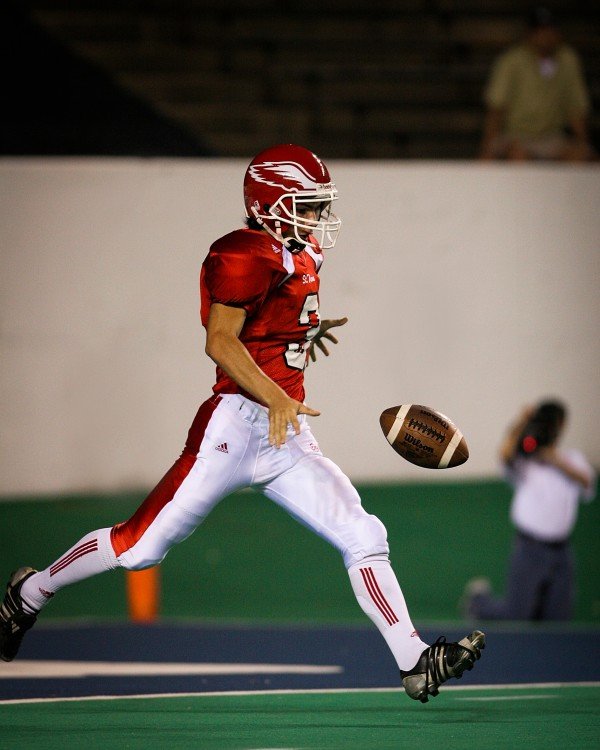Are soccer cleats good for football? This question may puzzle many athletes looking for the ideal footwear for their game. In this blog, we will delve into the pros and cons of using soccer cleats in football matches. Soccer cleats, known for their traction and agility on the pitch, are designed to enhance performance in soccer. However, when it comes to football, the dynamics might differ. We will explore whether the benefits of soccer cleats, such as grip and control, outweigh the limitations they might pose in a football game. Join us as we analyze the effectiveness of soccer cleats in the realm of football.
Overview of Soccer Cleats
Soccer cleats, also known as football boots, are specialized footwear designed for use on grass or artificial turf fields during football matches. These cleats provide players with traction, stability, and support to enhance performance on the pitch. Modern soccer cleats are crafted using lightweight materials such as synthetic leather or knitted fabrics to offer agility and comfort to players.
The Anatomy of Soccer Cleats
Soccer cleats typically consist of several key components, including:
- Outsole: The bottom part of the cleat that provides traction and grip on the playing surface.
- Upper: The top portion of the cleat that comes in contact with the ball and offers protection to the foot.
- Midsole: The layer between the outsole and the insole that provides cushioning and support.
Benefits of Using Soccer Cleats
Using soccer cleats offers several advantages to football players:
- Enhanced Traction: Soccer cleats feature specialized studs or spikes that improve grip on the playing surface, reducing slips and falls during gameplay.
- Improved Performance: The design of soccer cleats is tailored to the sport, offering features like lightweight construction and responsive materials that enhance speed and agility on the field.
- Reduced Risk of Injuries: Properly fitted soccer cleats provide ankle support and stability, reducing the likelihood of sprains and other foot-related injuries.

Key Differences Between Soccer and Football Cleats
When it comes to the debate of whether soccer cleats are suitable for football, understanding the key differences between soccer and football cleats is crucial. While both types of cleats serve the same purpose of providing traction and support on the field, there are distinct variations in their design and functionality.
Design and Construction
Soccer cleats are typically lighter in weight and offer a sleek, low-profile design to enhance speed and agility on the pitch. They feature a more narrow and streamlined shape to facilitate quick movements and precise ball control. On the other hand, football cleats are designed with additional padding and ankle support to withstand the physical demands of the game.
Cleat Configuration
Soccer cleats usually have a larger number of smaller, conical studs or blades to provide maximum grip on grass or turf surfaces. These studs are strategically placed to allow for quick pivots and multidirectional movements. In contrast, football cleats have fewer, but longer and more prominent studs to offer stability and traction on the often slippery and muddy football fields.
Benefits of Using Soccer Cleats for Football
When it comes to playing football, using soccer cleats can offer several advantages that can enhance a player’s performance on the field. Here are some key benefits:
Enhanced Grip and Traction
Soccer cleats are designed with specialized studs or spikes that provide superior traction on grass or turf surfaces. This feature allows football players to make quick cuts, accelerate, and change direction with agility, reducing the risk of slips and falls.
Improved Ball Control
The thin, lightweight design of soccer cleats allows for better sensitivity and control when dribbling, passing, and shooting the ball. The snug fit of the cleats ensures that the player’s movements are precise and responsive, contributing to better ball-handling skills on the field.
Reduced Risk of Injuries
Wearing soccer cleats can help reduce the risk of common football-related injuries, such as ankle sprains and slips, due to their stability and support features. The cleats offer ankle support and protection, minimizing the chances of twisting or rolling the ankle during intense gameplay.
Drawbacks of Using Soccer Cleats for Football
While soccer cleats are designed for a specific purpose, there are drawbacks to using them for football. These drawbacks can affect the player’s performance and increase the risk of injuries.
Limited Ankle Support
One of the main drawbacks is the limited ankle support provided by soccer cleats. Football involves more lateral movements and sudden changes in direction, which puts extra strain on the ankles. Soccer cleats, with their lower cut design, may not offer sufficient support to prevent injuries.
Stud Configurations
The stud configurations on soccer cleats are optimized for different surfaces in soccer, such as grass or turf. In football, the playing surface and conditions can vary, and using soccer cleats with the wrong stud configuration can affect traction and stability, leading to slips and falls.
Using the correct stud configuration is crucial to maintain grip and performance on the football field.
Best Practices for Choosing Cleats for Football
When selecting cleats for football, it’s essential to consider various factors to optimize performance and prevent injuries. Here are some best practices to keep in mind:
Playing Surface
Choose cleats based on the playing surface. Firm ground cleats are ideal for natural grass fields, while soft ground cleats are designed for wet or muddy conditions.
Comfort and Fit
Ensure the cleats provide a snug yet comfortable fit to prevent blisters and enhance agility on the field. Look for models with cushioning and support.
Material and Construction
Opt for durable materials like leather or synthetic uppers that offer both flexibility and protection during intense gameplay. Check for studs that provide stability and traction.

Impact of Cleats on Performance
Wearing the right soccer cleats can significantly impact a player’s performance in football. Cleats provide necessary traction and stability on the field, allowing players to accelerate, change direction, and control the ball effectively.
Enhanced Grip and Traction
The strategically placed studs on cleats provide players with enhanced grip on different playing surfaces, such as grass or turf. This increased traction helps prevent slipping and allows for quick movements especially when dribbling or making quick turns.
Optimal Support and Stability
Modern cleats are designed to offer optimal support to the feet, ankles, and lower legs, reducing the risk of injuries. The stability provided by cleats can enhance a player’s confidence and performance on the field.
- Preventing Ankles Sprains
- Minimizing Impact on Knees
Frequently Asked Questions
-
- Can soccer cleats be used for football?
- Yes, soccer cleats can be used for playing football as well since both sports involve running, cutting, and quick changes in direction.
-
- What are the pros of using soccer cleats for football?
- Some pros include better traction on grass fields, lightweight design for agility, and comfort for extended wear during football games.
-
- Are there any cons to using soccer cleats for football?
- One potential con is that soccer cleats may not provide the same level of ankle support as football-specific cleats due to the different movements in each sport.
-
- Do soccer cleats impact performance in football games?
- Soccer cleats may impact performance in football games depending on the player’s position, playing style, and the specific requirements of the football field surface.
-
- Are there any recommendations for choosing soccer cleats for football?
- Choosing soccer cleats for football should consider factors like the playing surface, position, and personal preferences, such as stud configuration and material.
Final Thoughts
In conclusion, the debate on whether soccer cleats are suitable for football comes down to personal preference and playing style. While soccer cleats offer advantages like agility, speed, and ball control, they may lack the necessary ankle support and traction often needed in football. Players using soccer cleats for football should consider the specific requirements of the game and their position on the field before making a decision.
Ultimately, experimenting with different types of cleats and choosing the ones that best suit your playing style and comfort level is key. Whether you opt for soccer cleats or football-specific ones, prioritizing safety, performance, and comfort will enhance your overall gameplay. Remember, the right cleats can make a significant difference in your on-field performance and enjoyment of the game.





